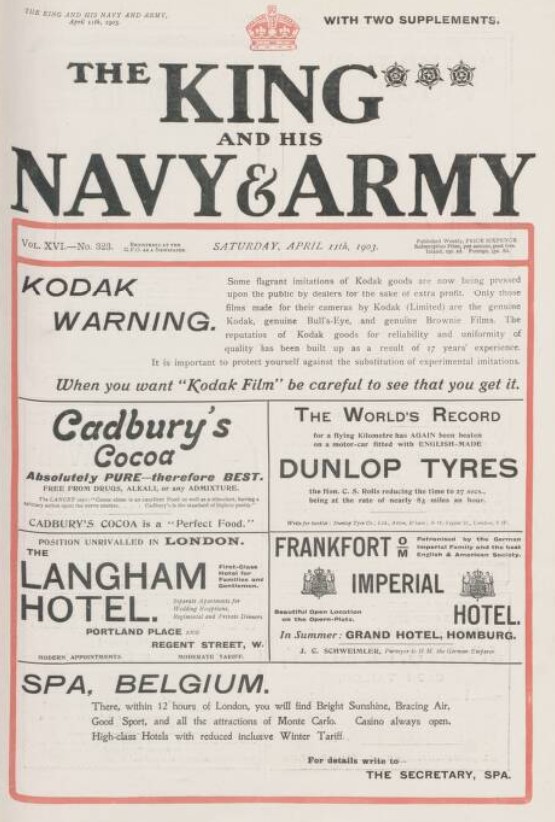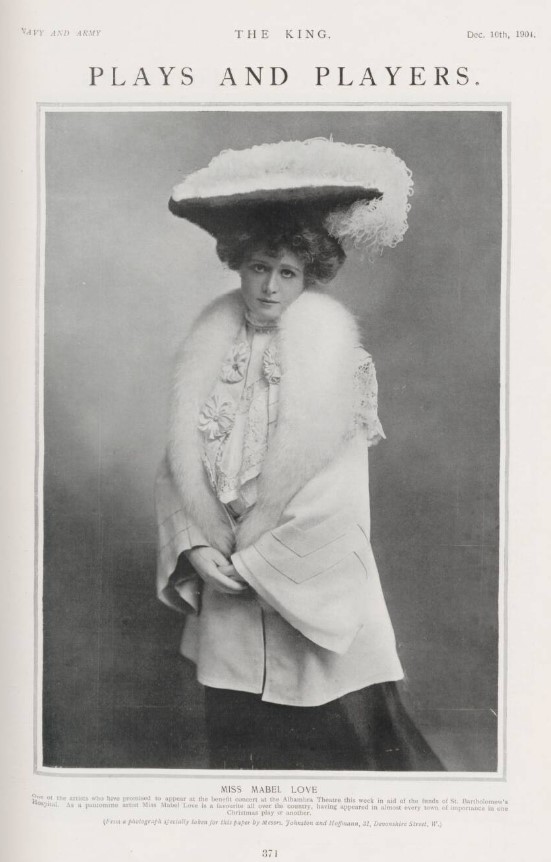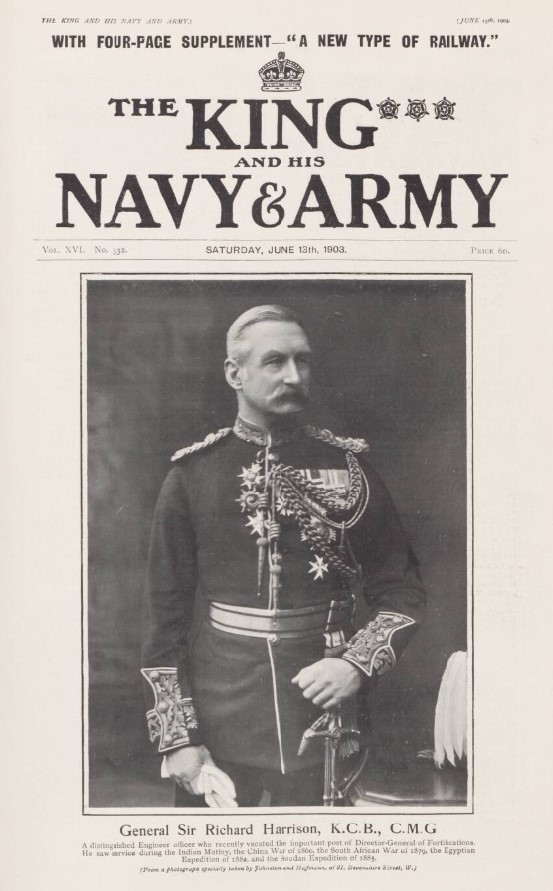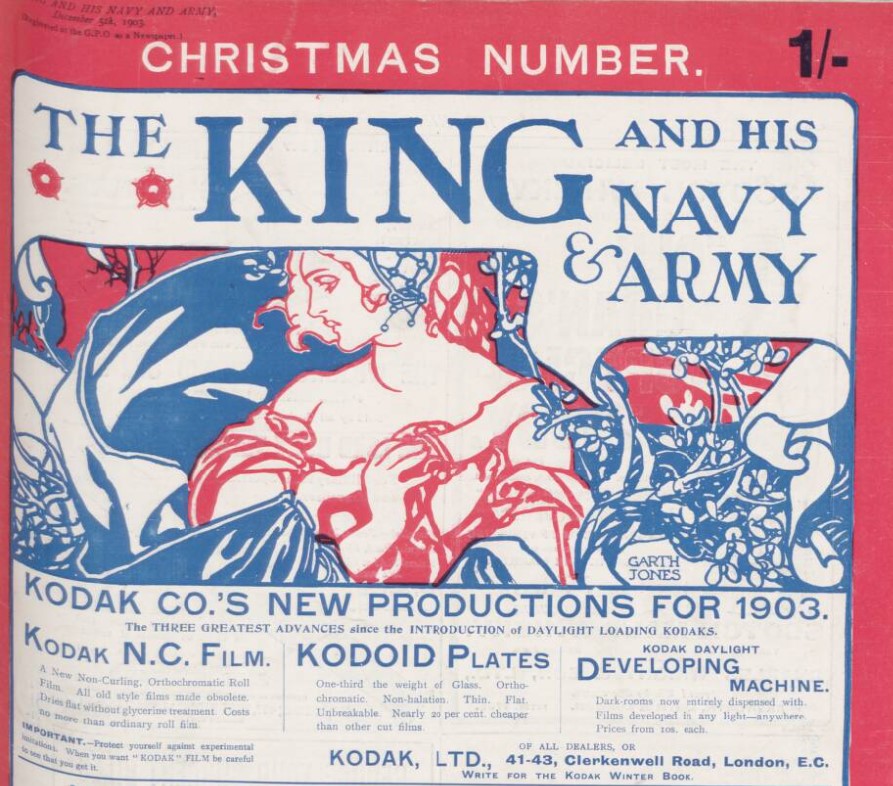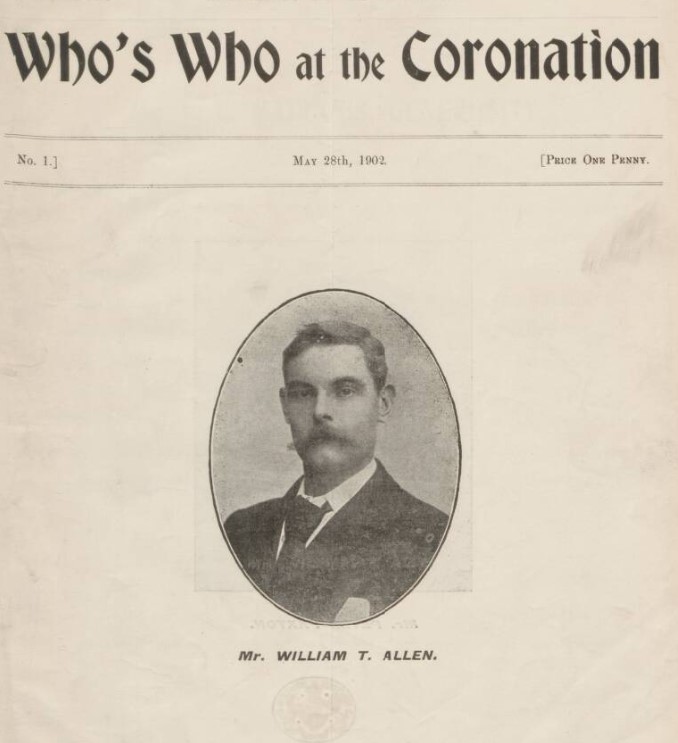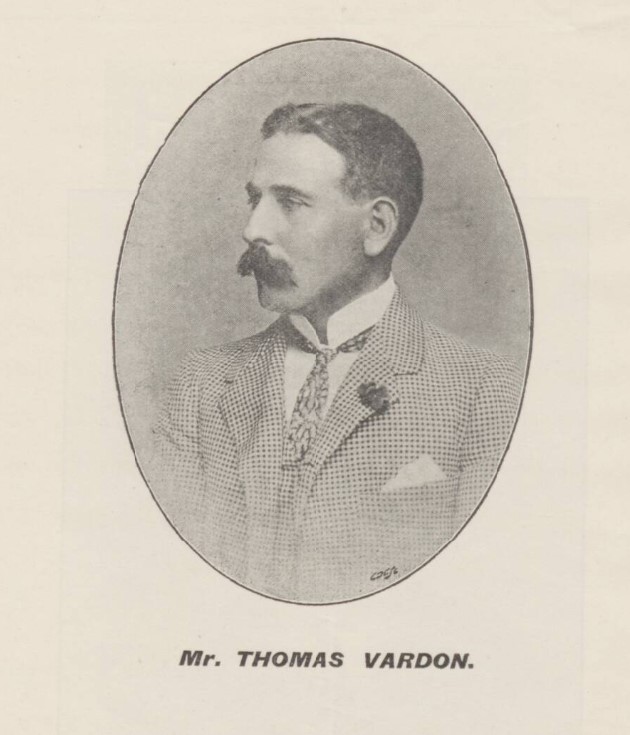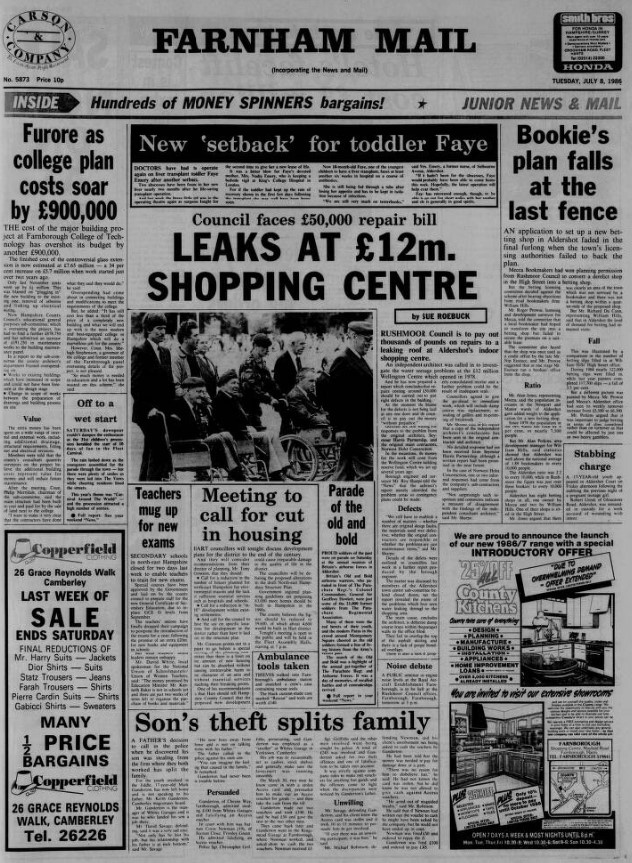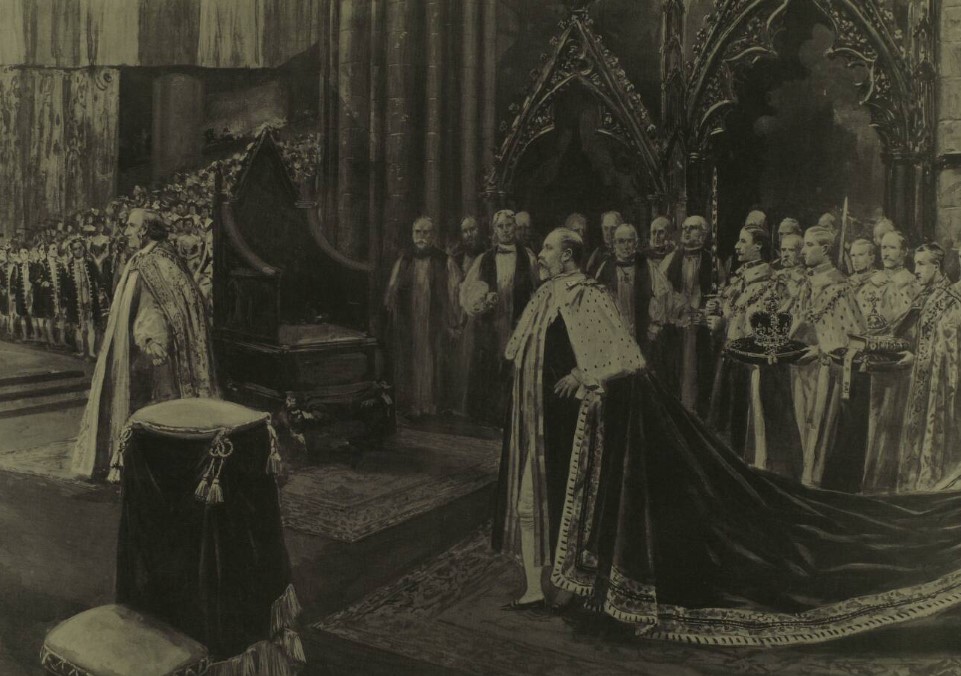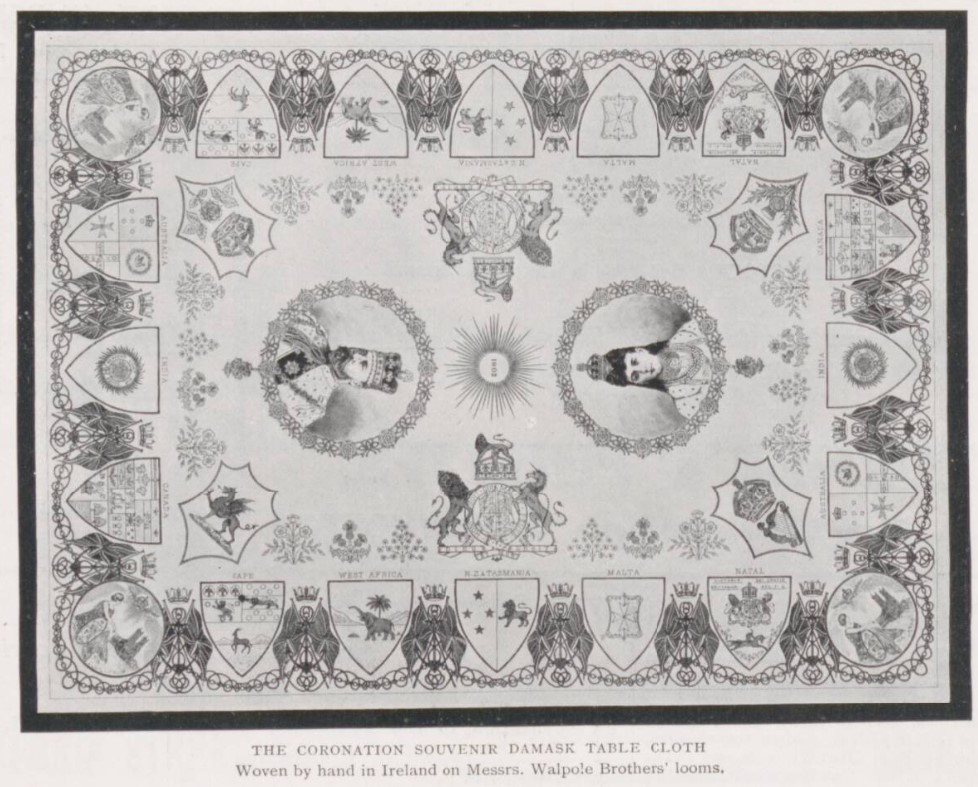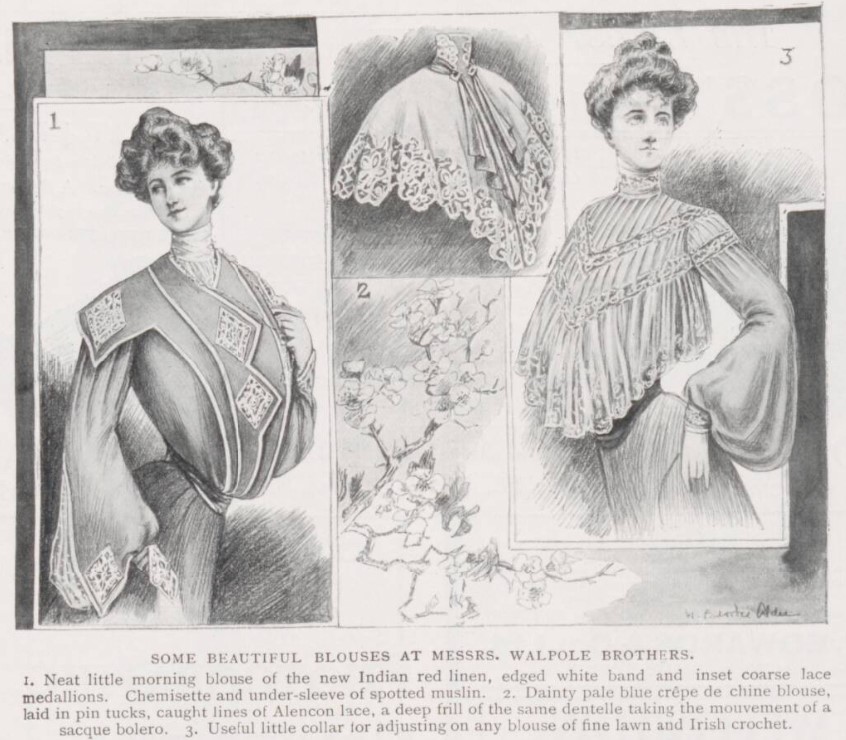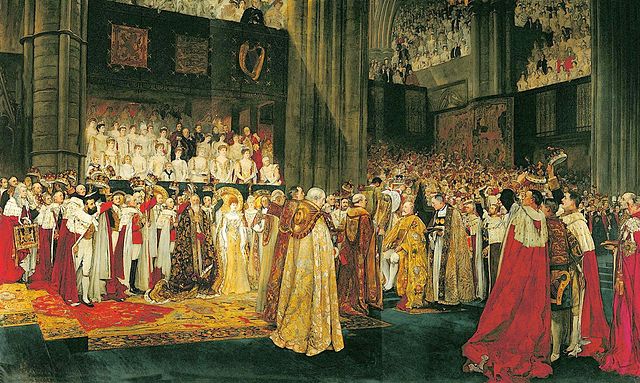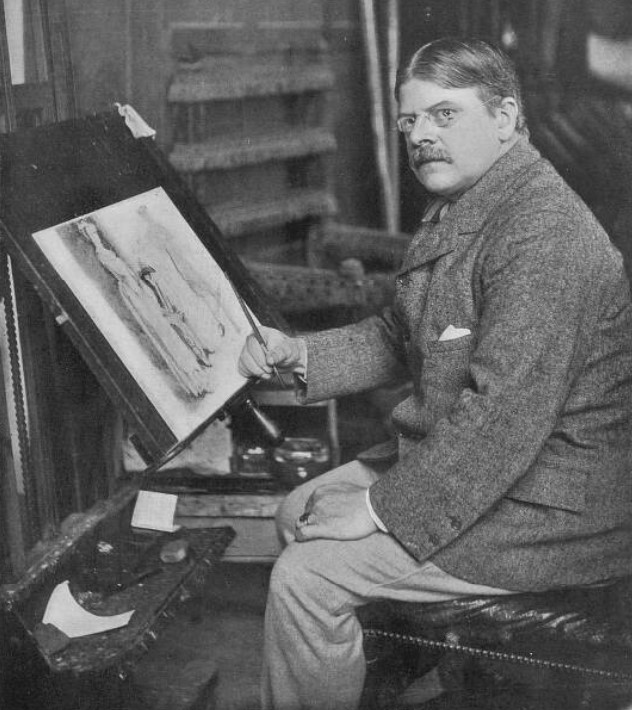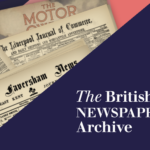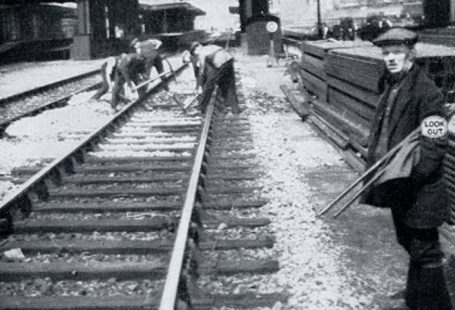This week, in preparation for the Coronation on 6 May, we welcome The King and His Navy and Army to The Archive as one of a trio of brand new titles. Meanwhile, over the last seven days, we have added a total of 304,221 brand new pages to our collection, with updates to 26 of our existing titles, from Birmingham to Bristol, from Hertford to Huddersfield, from Walsall to Whitstable.
So read on to find out more about our new and updated titles of the week, and also to learn about some souvenirs from the coronation of King Edward VII in 1902, as we get ready for the ceremony in just over a week’s time.
Register now and explore the Archive
And so it’s only fitting, with the coronation of King Charles III taking place very soon, that we begin this week’s exploration of our new titles by taking a look at the King and His Navy and Army, ‘A Weekly Illustrated Journal for Society, The Salon and The Services,’ which appeared every Saturday. This title actually traces its origins to two different publications, which were combined in April 1903, the King, which had been founded a few years previously, and the Navy and Army Illustrated, which was founded in 1895 and was an early kind of glossy magazine.
Indeed, the King and His Navy and Army was ‘profusely illustrated,’ with a range of lavish photographs and illustrations. At the relatively expensive price of 6d, you could treat yourself to a publication that covered everything from the ‘Yachting Season in the Riviera’ to ‘An Impression of Chester,’ all with illustrations and photographs. The title provided views of neighbourhoods in Britain, such as Chelsea, and included photographs of homes in the area, and illustrations of historic public houses.
The King and His Navy and Army, in spite of its slightly militaristic name, was very much a general interest publication. It took a look at the ‘Plays and Players’ of the London and regional stages, the ‘Sports and Sportsmen’ of Britain, as well as including articles on antique furniture, fashion and gardening. A particular highlight of this title was its ‘King’s Menu’ section, which was a cookery column.
We learn more about how the publication viewed itself in its 4 April 1903 edition, which was the first edition that saw the merger of the King and Navy and Army Illustrated. We learn that the two titles were merged in order to ‘enlarge and improve’ both papers. An editorial entitled ‘Change and Improvement‘ relates how:
For seven years NAVY AND ARMY has enjoyed a peculiar and unrivalled popularity among illustrated journals. Coming into existence at a time when national interest in matters of defence had begun to show signs of greater activity, it fanned that activity in such a skilful manner that nowadays (other agencies having had their effect as well) matters affecting the Navy and the Army are kept before the public mind as they never were before.
The article also provides some background to The King:
The KING has been published for less time than NAVY AND ARMY, but it has in the course of its career no less impressed its distinct characteristic upon the world. Devoted to the matters of social interest which centre round Court life and the persons of Royalty, it has won a place among the ‘weeklies’ from which no rival has been able to oust it.
So what would the merger of both newspapers represent? The editorial continues:
In THE KING AND HIS NAVY & ARMY the principal attractions of both journals will be continued, and the features which have won favour for each journal separately will be continued in their amalgamated form. That is to say, while the main features of both journals are retained, there will be added to these the attributes of a first-class pictorial journal of general social interest. Absolute perfection of technical quality, artistic discernment, and literary excellence, united with freshness, taste, and enterprise, will rend this in many ways, we hope, the most remarkable illustrated paper of the day.
The King and His Navy and Army would be ‘Franky Imperialist in tone,’ putting before its readers ‘a panorama of all that concerns the insurance of our Empire’s welfare.’ Furthermore:
The sea-power of Great Britain and of foreign nations, the defence of India and the Colonies, the interests of the Home Army and the Auxiliary Forces, all find expression and description here, both in striking pictures and in a careful assortment of notes, club gossip, and special correspondence. Nor is the general side of the paper to be less attractive. The stage, the studio, the worlds of literature and of music will all be expertly dealt with, and those special pictorial developments which have given THE KING a peculiar vogue are being scrupulously retained.
With all its different sections, from cooking to theatre, from travel to sport, the King and His Navy and Army also featured poetry, serialised fiction and short stories, all with illustrations, of course.
But despite the richly visual nature of this title, interest in it began to wane by 1906. In 1914 it was relaunched, reverting to the moniker of the Navy and Army Illustrated, upon the outbreak of the First World War. However, its tenure on the publishing stage was destined to be a short one, with its last edition appearing in 1915.
Our next new title of the week continues our royal theme and is the Who’s Who At The Coronation, which was a guide to some of the faces who appeared at the coronation of King Edward VII in August 1902. The coronation was famously delayed by a few weeks as the King came down with appendicitis, but it went ahead on 9 August 1902 at the traditional location of Westminster Abbey.
The Who’s Who At The Coronation was published in advance of the ceremony, and filled four pages at the cost of just one penny. Many of the likenesses which appear in the Who’s Who are of golfers, like Scottish professional golfers Peter Paxton (1857-1929) and C. Ralph Smith (1871-1953), and Jersey professional golfer Thomas Vardon (1874-1938).
Golf has historic ties with the royal family: legend states, that a few days after the murder of her husband Lord Darnley, Mary Queen of Scots stepped out to partake in the game. It was a sport close to the heart of King Edward VII, which perhaps explains why so many golfers were in attendance at his coronation. He became captain of the Royal & Ancient Golf Club of St. Andrews in 1863 at the age of 21, and during his reign decades later he had a golf course laid out in the grounds of Windsor Castle.
But back to the Who’s Who At The Coronation, which also described events in the lead up to the coronation ceremony. One such event was the generosity of Mr. V.C. Mallan, of 106 Edgware Road, London. To mark the coronation, he had stepped forward to provide ’61 complete (upper and lower) sets of artificial teeth to 61 poor and deserving men over sixty year years of age, in honour of the coronation of His Gracious Majesty King Edward VII, (one set for each year of His Majesty’s Life.’
What’s more, Mr. Mallan promised to ‘keep the sets of teeth in repair during the life of the recipient.’ The charitable gesture won praise from the monarch himself, as the Who’s Who At The Coronation reveals:
By the way, the King approves of Mr. Mallan’s ‘very kind and thoughtful’ gift in a letter to the donor. Applications should be made at once.
Our final new title of the week brings us to the Surrey market town of Farnham, and it is the Farnham Mail. This title appeared every Tuesday at the cost of 10 pence, and also featured a Junior News & Mail ‘for the youngsters.’ The newspaper featured news and photographs from Farnham and the surrounding area, as well as a look at the ‘Theatres and Cinemas,’ a ‘Viewing and Listening’ guide, and a property section.
That’s it from our trio of new titles this week, but we’ve not neglected our existing titles over the last seven days. Whilst the King and His Navy and Army joins The Archive, we have added over 33,000 brand new pages to The Queen, which was first published in 1861 and had a focus on all things high society, as well as fashion. Meanwhile, this week also sees significant updates to the Huddersfield Daily Examiner, to which we have added over 72,000 brand new pages, whilst over 83,000 brand new pages join the Manchester Evening News. Finally, we’ve also added new pages to one of our Welsh language titles, Herald Cymraeg.
Commemorating The Coronation – Souvenirs From A Century Ago
Following the coronation of King Edward VII in August 1902, various souvenirs were created to commemorate the occasion. Our new title the King and His Navy and Army shone a spotlight on some of these items, such as a ‘hand-woven double damask cloth,’ which was created by the Irish linen house Walpole Brothers.
The King and His Navy and Army pictured ‘the souvenir in its entirety’ in its 21 March 1903 edition. It describes how the commemorative tablecloth is ‘exclusively symbolical, the portraits of our Sovereign and his Consort occupying the centre, flanked by the Royal Arms, with the Coat of Arms of England, Ireland, Scotland and Wales to fill the corners – the rose, shamrock, and thistle forming a tasteful connecting link.’ Around the outside ‘of the cloth is displayed the Coronation Medals of our various Colonies and possessions, each one indicated by its title in small but distinct lettering.’
Indeed, the souvenir won praise from the monarch himself, the King and His Navy and Army reporting how His Majesty ‘has been pleased to grant the cloth a personal inspection,’ suggesting some ‘small alterations and improvements’ to the piece.
The article in the King and His Navy and Army was something of an advertorial for Walpole Brothers; also described were their ‘hand-painted bed-spreads,’ and ‘dress linens,’ with a drawing of ‘some beautiful blouses’ available at the store. Meanwhile, those interested in getting their hands on the coronation souvenir damask tablecloth were advised to visit ‘one or other of Messrs. Walpole’s depots,’ which were situated at New Bond Street, Kensington High Street, South Kensington and Sloane Square.
Two years after the coronation of King Edward VII another commemorative piece came before the public, as reported the King and His Navy and Army on 5 November 1905. This was the ‘Coronation Picture,’ which was painted by American artist Edwin Austin Abbey (1852-1911). The piece, entitled ‘The Coronation of King Edward VII,’ which you can view here, had just gone on display to the public at the Hanover Gallery.
The King and His Navy and Army was not exactly effusive in its praise of the work:
Laden as the effort has been with responsibility, it is at once to be pronounced a success, but not an inspiration. It is a success of laborious adaptation of art to accuracy. Frankly, one had hoped for something not better, perhaps, but different…One had hoped for something more exalted, for instance, than the chief triumph of the picture, which is Mr. Abbey’s brilliant treatment of the blue carpet.
The review continued:
One feels it would have been better to have caught the sentiment and let the detail – carpet and all – go by. As it is, the figures where sentiment has most chance of being suggested – those, namely, of King Edward himself and Queen Alexandra – are the least successful from that point of view. The Queen, indeed, might even had been posed more gracefully. The moment chosen is, of course, that when the King is actually being crowned, and the peers are raising their coronets with a shout of ‘Long live the King!’ But the shout is not there; only the coronets – and the carpet.
For a painting that had taken two years, the King and His Navy and Army was not impressed. Find out more about coronations past, reactions to works of art, and much more besides, in the pages our Archive today.
New Titles
| Title | Years Added |
| Farnham Mail | 1986-1987 |
| King and his Navy and Army | 1903-1906 |
| Who’s who at the Coronation | 1902 |
Updated Titles
This week we have updated 26 of our existing titles.
You can learn more about each of the titles we add to every week by clicking on their names. On each paper’s title page, you can read a FREE sample issue, learn more about our current holdings, and our plans for digitisation.
You can keep up to date with all the latest additions by visiting the recently added page. You can even look ahead to see what we’re going to add tomorrow.


